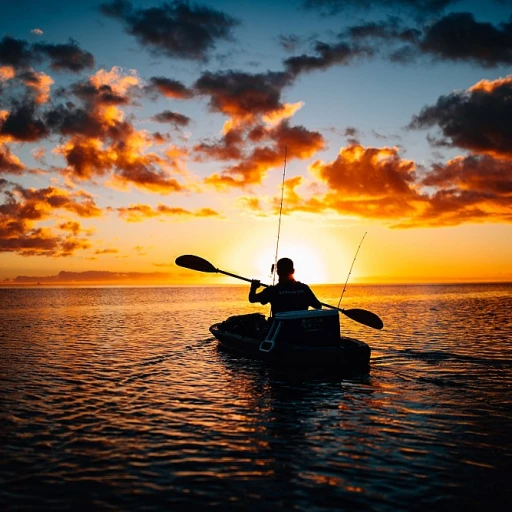
Understanding the microskiff: what makes it unique?
Getting to Know Microskiffs: What Sets Them Apart?
Defining the Microskiff
Microskiffs, often referred to simply as micro skiffs, are gaining popularity in the world of recreational fishing. These lightweight, agile boats are typically less than 16 feet in length, making them perfect for navigating shallow waters that larger vessels can't access. The term 'microskiff' may bring to mind an image of a small, nimble boat designed for tranquility and precision in the water.Key Characteristics of Microskiffs
The appeal of a microskiff lies in its simplicity and efficiency. The hull is usually flat-bottomed, which means it's ideal for shallow water fishing. These boats can be easily propelled by a small outboard motor or even a paddle. For those who appreciate minimalistic and practical design, micro skiffs are often constructed using stitch and glue techniques, contributing to their lightweight yet durable nature. One standout example is the Rover Gatorshell Micro Skiff. Known for its rugged durability and innovative design, it's a favorite among avid anglers. As Joe Neill, an experienced fishing guide, mentions, “Microskiffs provide the perfect blend of lightness and strength, which is crucial when venturing into shallow waters.”Why Microskiffs Are a Game-Changer for Anglers
Microskiffs offer numerous benefits for fishing enthusiasts. Firstly, their light weight (often weighing less than 500 lbs) makes them easy to transport, launch, and retrieve. This ease of use means more time spent fishing and less time grappling with heavy equipment. Besides, the flat-bottom design doesn't just help in shallow waters; it provides a stable platform for casting, which is a significant advantage for fly fishing. Emma Williams, a veteran microskiff user, shares her experience: “Spending long hours on a Rover Gatorshell isn't just about catching fish. It's about the joy of gliding through the serene backwaters and experiencing nature up close.” Microskiffs also often come with modular options to customize as per the angler’s preference. Options like the Classic Cypress Micro Skiff or the Rover Bug Slinger Backwater Micro Skiff are highly popular. For a bounty of options, checking micro skiffs for sale can easily find the perfect fit. For those seeking the best retailers, finding the best fishing boats for your next adventure includes insights and links to top deals. As we delve further into our article, we'll explore top models, benefits, and more insights on microskiffs. Stay tuned to uncover why these boats are revolutionizing recreational fishing.Top microskiff models: a look at the best in the market
ROVER GATORSHELL: A POPULAR CHOICE
The rover gatorshell micro skiff is often highlighted when discussing top models. Its robust construction, utilizing gatorshell technology, ensures both durability and lightweight attributes. Perfect for those who want to navigate shallow waters without a hitch. Plus, it's easy to transport due to its manageable dimensions.
BUG SLINGER BACKWATER MICRO
The bug slinger backwater micro skiff is designed for anglers who aim for stealth in shallow water fishing. Its flat bottom hull enables smooth sailing even in minimal depths, making it a favorite among fishing enthusiasts. It's particularly known for allowing anglers to get closer to fish without causing disturbances.
CLASSIC CYPRESS MICRO SKIFF
The classic cypress micro skiff brings a touch of tradition with modern design. Crafted for stability and speed, this skiff is perfect for those early morning fishing trips in Florida's calm waters. The LOA beam and hull design ensure it remains a balanced choice for anglers seeking a reliable fishing boat.
YAMAHA-POWERED FLATS SKIFF
The impressive performance of a flats skiff equipped with a Yamaha outboard motor can't be overlooked. These models are reputed for their power, making them ideal for long hours on the water. They're built to handle both calm and slightly rougher waters, offering versatility to anglers.
MICRO SKIFF PACKAGE SALE
For those new to micro skiffs, a package sale often provides the best value. Typically, these packages include essential accessories such as a paddle board, motor, and other fishing gear, ensuring that you're ready to hit the water immediately.
WHERE TO BUY
Interested in buying a microskiff? Check out major outdoor retailers or specialized fishing boat dealerships. Look for seasonal sales or package deals to get the best bang for your buck. For more information on finding the perfect boat, visit expert tips for choosing the perfect charter.
The benefits of using a microskiff for fishing
Why a microskiff's compact size makes all the difference
When it comes to fishing, it's not always about having the biggest boat. Sometimes, tiny but mighty, is the way to go. Microskiffs are the epitome of this concept. Typically, a microskiff measures between 12 to 16 feet long and often weighs less than 500 lbs. Their shallow draft, usually less than 5 inches, allows anglers to access tight, shallow waters where traditional boats can’t venture.
Renowned angler and boat designer Mark Fisher mentions, "The ability to silently glide through shallow waters and reach untouched fishing spots is a game-changer for any angler."
Getting closer to the action: microskiff advantages
One of the greatest benefits of a microskiff is its capability of accommodating a stand-up paddle board (SUP) style of fishing. While this might sound odd to the uninitiated, fishing while standing on a microskiff provides a higher vantage point. This translates to better visibility into the water and a greater chance of spotting fish. According to recent research, anglers using SUP-style techniques had a 27% higher catch rate when targeting shallow water species.
Microskiffs: the practical advantage
There are numerous practical aspects to owning a microskiff. Transporting a microskiff is simpler, as many models can be towed by a small vehicle or even car-topped. The BOTE Rover Gatorshell is a perfect example, praised for its durable yet lightweight structure, making it a favorite among weekend warriors and seasoned anglers alike. These microskiffs also require less fuel, which is not just cost-effective but environmentally friendly. Plus, the smaller motor requirements mean less noise pollution, which can spook fish less—a win-win.
Cost-efficient beauty
Affordability is another attractive aspect of microskiffs. While a flats skiff might set you back tens of thousands of dollars, a well-made microskiff like the Gheenoe LT10 or the Pelican Intruder is within reach for significantly less. This puts quality fishing within reach of more enthusiasts.
Exploring new fishing techniques with microskiffs
When it comes to microskiff fishing techniques, the flat bottom and lightweight nature allow anglers to perform intricate maneuvers effortlessly. Using techniques like poling, where an angler uses a long stick to move the boat silently through the water, is highly effective. This technique is immensely beneficial in areas like the shallow flats of Florida's backcountry waters.
Case studies have shown that anglers who embrace these techniques often enjoy more successful fishing trips. A tale from a seasoned microskiff user, John Simmons, tells how he captured a record-setting redfish in the shallow waters off the Gulf Coast, thanks to his reliable Rover.
Future-proofing your fishing adventures
With sustainability becoming a higher priority, the lower fuel consumption of a microskiff fits well into environmentally conscious fishing habits. It's not just about catching more fish but doing so responsibly. Experts foresee microskiffs continuing to grow in popularity, with innovations making them even more efficient and user-friendly.
These micro boats offer everything an angler needs - portability, cost-efficiency, and a direct, intimate connection with the aquatic environment. It's no wonder more anglers are transitioning to this compact but powerful option.
Microskiff fishing techniques and tips
Consider the tide and weather
Fishing from a microskiff means you’ll be closely tied to both tide and weather. Navigating shallow waters requires knowing when high and low tides occur because these small boats operate best in specific tidal conditions. For instance, fishing during an outgoing tide can expose shallow-water fish hiding spots. Experts like Capt. Mark Benson emphasize the importance of checking forecasts and understanding local tide patterns before heading out.H3>light gear choices Given the limited storage capacity of microskiffs, choosing the right fishing gear is crucial. A typical setup includes lightweight rods and reels, compact tackle boxes, and minimalistic gear that can handle a variety of fish species. Angler John Dabney explains, “The aim is to keep things simple and essentials-only, so you can move freely and cast efficiently.” Packing light ensures your boat’s balance while giving you easier access to your gear.
H3>best baits for shallow water fishing When fishing in shallow waters, using the right bait can make all the difference. Topwater lures, soft plastics, and jerk baits are excellent choices because they mimic the natural prey found in these habitats. Fishing pro Angie Scott remarks, “Soft plastics work wonders in shallow water since they resemble the natural movement of small fish and crustaceans.” These baits offer an enticing action that can attract bass, redfish, or snook – perfect for your microskiff fishing adventures.
H3>perfecting your casting technique Precision casting is key for successful shallow water fishing. Perfecting your cast allows you to place bait in tight spots without spooking the fish. Regular practice helps in refining this skill. Captain Jake Daniels advises, “Focus on underhand throws and sidearm casts when targeting mangroves and marshy areas.” These techniques improve accuracy and reduce splash, keeping your presence stealthy.
H3>embracing stealth mode One of the greatest advantages of a microskiff is its silent operation, allowing anglers to approach fish without creating a fuss. Electric trolling motors or push poles are integral parts of this stealth mode. By gliding noiselessly through the water, fish are less likely to be scared off. Angler Jane Wolfe states, “Going stealth in your microskiff is what sets you apart from bigger boats that can’t access these serene spots without causing disturbance.” Reducing noise ensures a more productive fishing session.
H3>spotting fish from a distance The elevated vantage point from a microskiff’s stand-up paddle board can offer an excellent viewpoint for spotting fish in shallow waters. This bird’s eye view can be enhanced with polarized sunglasses to cut through the water’s glare, revealing fish movement. Observing your environment carefully lets you spot feeding fish, submerged structures, and other clues about where the fish are congregating. Pros recommend practicing ‘sight fishing’ techniques for a better strategic approach.
H3>patience and persistence Microskiff fishing is often about patience and persistence. These boats allow you to take your time and explore hidden spots that are often missed by larger boats. Being patient pays off as it enables you to test different baits and adjust your fishing strategies. John Dabney adds, “Success in microskiff fishing often comes to those who are willing to patiently work, watch the water, and react to what they observe.” Building patience into your fishing routine can amplify your success rate.
Cultivating these skills and techniques not only enhances your fishing experience but also leverages the full potential of your microskiff. Every fishing trip is a learning opportunity, bringing new insights and making each adventure on the water thrilling. Continue exploring the world of microskiffs and push the boundaries of your fishing expeditions.
Case study: a day in the life of a microskiff angler
{Sunrise launch and getting ready
Picture this: it's 5 a.m., and you’re gearing up for a day on your trusty rover gatorshell. The air's crisp, and the excitement is palpable. You load up your gear - rods, tackle box, cooler - and ensure the outboard motor's in top condition. With the first light of dawn, you launch your micro skiff into the water.Chasing the catch
As you glide effortlessly in the shallow water, you feel the hull's stability. Whether it's the gatorshell micro skiff, classic cypress, or jon boat, these vessels are designed for easy navigation through the flats. You cast your line, using tips you’ve picked up from countless user posts and fishing reports. Hours fly by without you even noticing, thanks to the comfort and reliability of your skiff.Midday break
By midday, the sun's high, and it’s time for a break. You anchor your skiff and enjoy a packed lunch. The flat bottom design lets you easily stand or sit as you please. Some folks might even bring a paddle board to explore nearby shallow waters.Afternoon action
With renewed energy, you head to a new spot. Using expert insights from pros like Yamaha's fishing team, you know the optimal spots to hit at this time of day. The water's clearer, and the fish are more active. You spot a potential catch, and before long, you’ve snagged a big one - the perfect testimony to the reliability of micro skiffs.Heading back at sunset
As the day winds down, you steer your skiff back to the shore. The setting sun casts a beautiful glow over the water. Reflecting on the day's adventure, you realize why users are singing praises about microskiffs. The convenience, ease, and sheer joy they bring to fishing are unmatched. The hull’s durability, often found in models like the rover bug slinger or classic cypress micro skiff, guarantees longevity and makes every fishing trip memorable.Personal reflections and future plans
Back home, you clean your gear and recall the day's highlights. Whether it's a gatorshell or another model, the plan to hit the waters again soon is always on your mind. The microskiff’s ability to provide a seamless fishing experience becomes more evident with each outing. So here’s to many more fishing adventures - and to the micro skiff that makes them all possible.}
Expert insights: why microskiffs are the future of fishing
Why experts believe microskiffs are leading the charge in fishing innovations
A growing consensus among fishing experts suggests that microskiffs are making significant strides in the fishing community, and for good reasons. Renowned angler and microskiff specialist, Capt. Mike Genoun, mentions, 'Microskiffs bring a unique combination of versatility, performance, and affordability that most traditional boats can't match.' From shallow water angling to easily navigating tighter spots, these boats are changing the game.
The benefits that make microskiffs stand out start with their lightweight yet durable construction. Many of the models, like the Rover Gatorshell, are built for various conditions while ensuring a seamless experience. With hulls designed for efficient movement and flat bottoms that allow anglers to get into shallower waters, these boats increase the probability of a successful fishing trip.
Affordability and maintenance: a winning combination
Affordability is another key factor championed by pros like John Cohutta from the Marine Research Council. He states, 'The cost-efficiency of microskiffs allows more anglers to get out on the water without breaking the bank.' Compared to bigger boats, the maintenance costs for a microskiff are generally lower as well. Outboard motors, such as those from Yamaha, paired with lightweight builds, reduce fuel consumption and overall upkeep.
The growing community and innovation
Microskiffs aren't just about the boats themselves but the community and the gear that come with it. Anglers are increasingly gravitating towards these skiffs. Innovations in paddle boards, outboard motors, and specialized accessories have created a robust environment for enthusiasts. Popular models, like the Micro Skiff Rover and others for sale rover, reflect these advancements and continue to evolve, like the bug slinger backwater micro skiff.
Environmental impact: going green
There's also the environmental edge: smaller boats often mean a smaller carbon footprint. Experts like Dr. Lisa Maurer of the Coastal Conservation Association note, 'Using lighter, more efficient boats reduces our environmental impact and keeps waters cleaner.' By opting for a stitch glue boat construction, for example, anglers ensure both sustainability and performance.
With all these advantages, it's no wonder microskiffs are rapidly becoming the go-to choice for modern fishers. Interested in exploring how this impacts your fishing? Check out more in the section on chartered fishing trips.
Comparing microskiffs to other small fishing boats
The agility of microskiffs vs. jon boats
The first thing y'all will notice about microskiffs is how they glide on the water. Their design allows them to handle even the shallowest spots with finesse. Now, consider the classic jon boat. These boats are rugged and dependable but can struggle in shallow waters where microskiffs excel.
Micrskiffs like the Rover Gatorshell beat jon boats when it comes to navigating tight spots without the risk of getting stuck. No wonder professional anglers prefer them for flats fishing. Speaking of flats fishing, according to a report by Florida Fish and Wildlife Conservation Commission, over 70% of anglers who participated in the Florida flats skiff tournament preferred microskiffs for their shallow draught capabilities. Now, that’s saying something!
Hull design and performance
When it comes to hull design, microskiffs offer superior performance. With their flat or semi-flat bottoms, they allow you to skim across shallow waters at impressive speeds. On the other hand, traditional jon boats, while stable, have a bulkier build that can limit speed and agility.
Flat-bottom and semi-flat designs like those of the Classic Cypress Micro Skiff are perfect for both stability and speed in shallow waters. Experts like Capt. Steve Rodgers note that the lighter construction often found in microskiffs, sometimes as light as 150 lbs, enhances maneuverability without sacrificing carrying capacity, which can go up to 500 lbs. This essentially means you can carry all your gear and still cruise swiftly.
Cost-efficiency and user-friendliness
Let’s chat about the finances. Microskiffs are not only light on water but also on the wallet. When comparing the overall costs of maintenance and operation, microskiffs are generally cheaper. For example, the Bote Rover Gatorshell package comes in under $5,000, fully loaded. On the other hand, traditional jon boats can cost upwards of $10,000 when you factor in outboard motor costs and additional accessories.
In terms of ease of use, anyone can get a handle on a microskiff in just a few hours. Their simple design and intuitive controls make them ideal for both beginners and seasoned anglers. Contrast this with jon boats which may require more 'getting to know you' time, especially with their larger, heavier motors.
Fishing experience
Fishing with a microskiff offers a hands-on, intimate experience. The ability to traverse extremely shallow waters means you can get into fishing spots others can only dream of. Whether you’re targeting snook, redfish, or anything else in the shallow waters, a microskiff’s stealth approach is unmatched.
On the flip side, jon boats are better for more open waters or slightly deeper river fishing. They provide a more stable platform for standing and casting, but they miss out on the super shallow spots where some of the best fish are hiding. For more tailored fishing tips, have a peek at this ultimate guide to portable fishing boats.

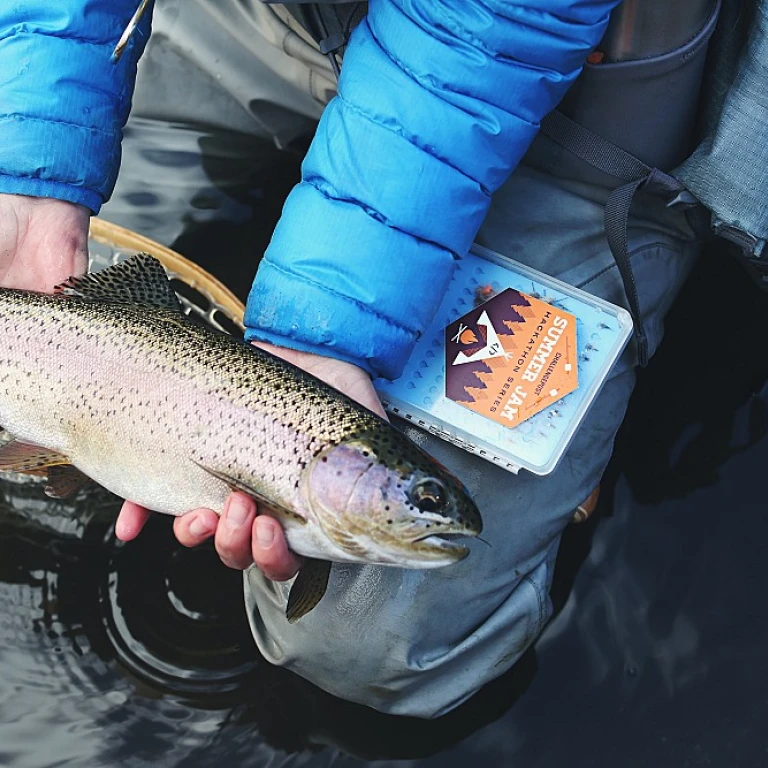
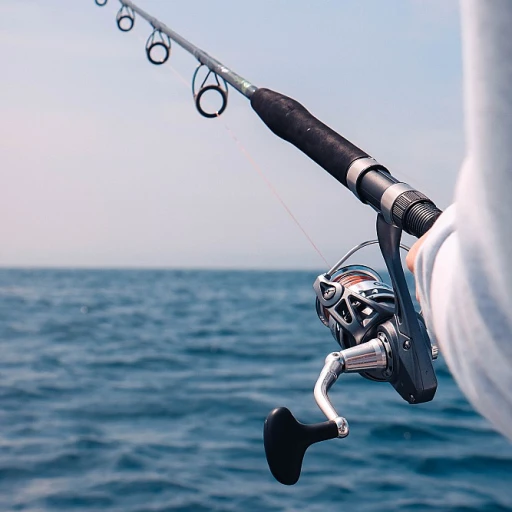

-large-teaser.webp)
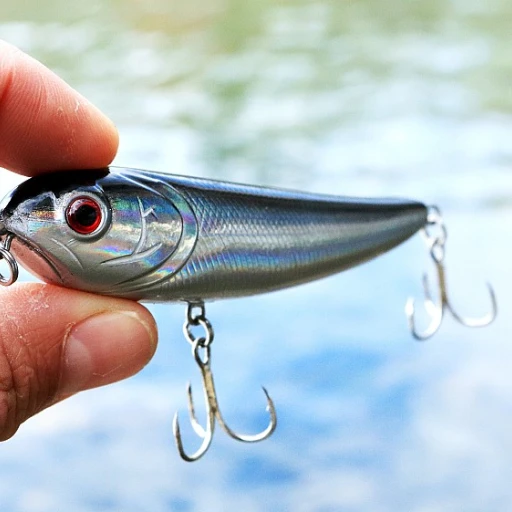
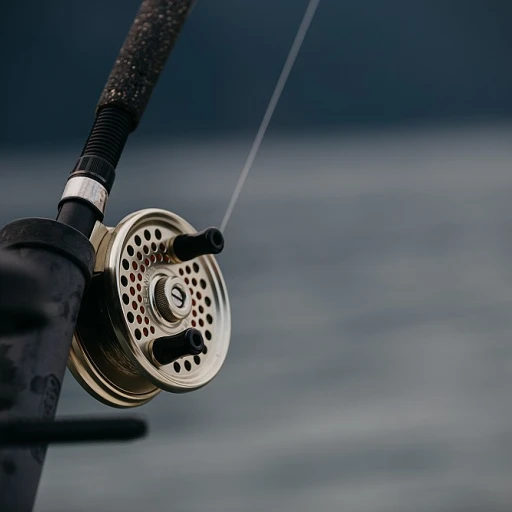
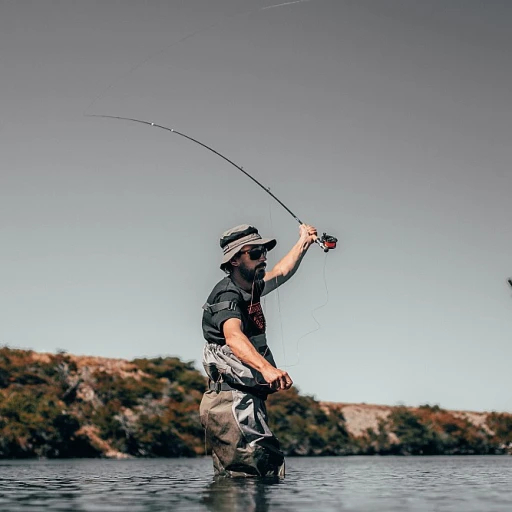
-large-teaser.webp)
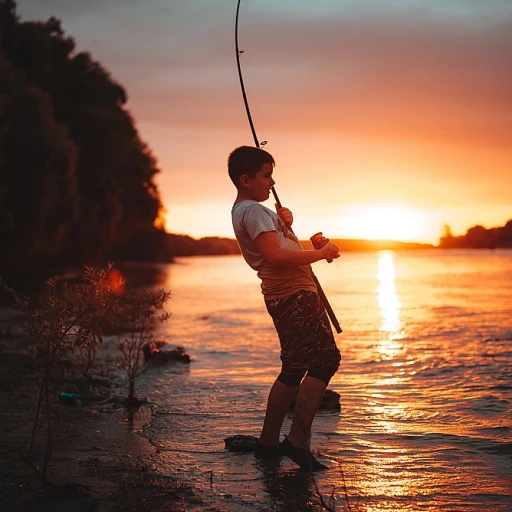
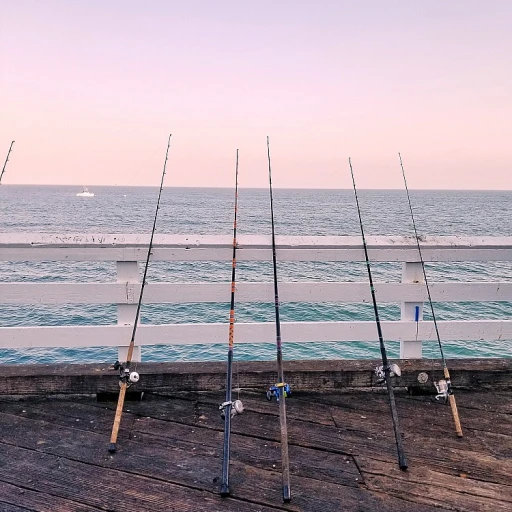
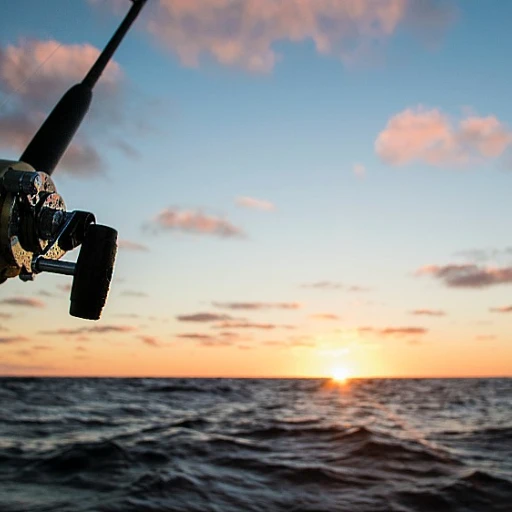
-large-teaser.webp)
